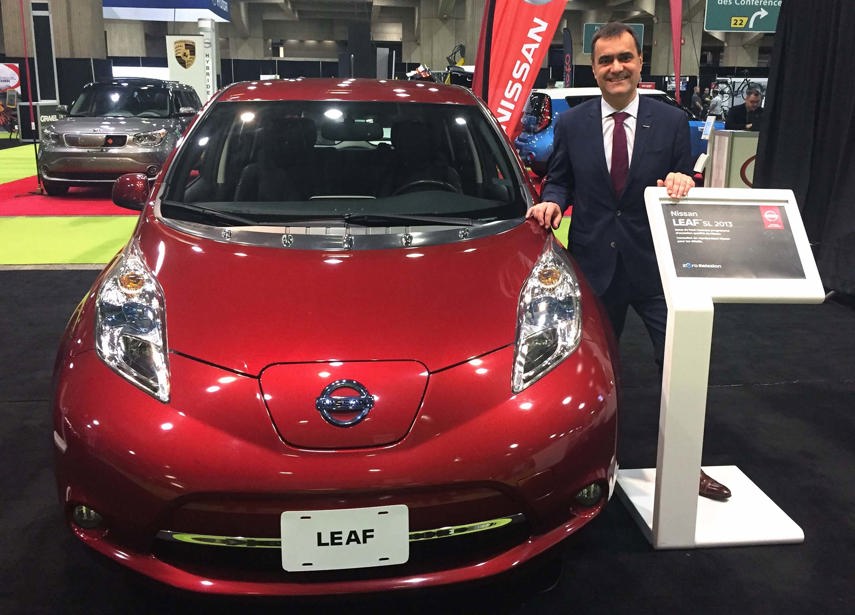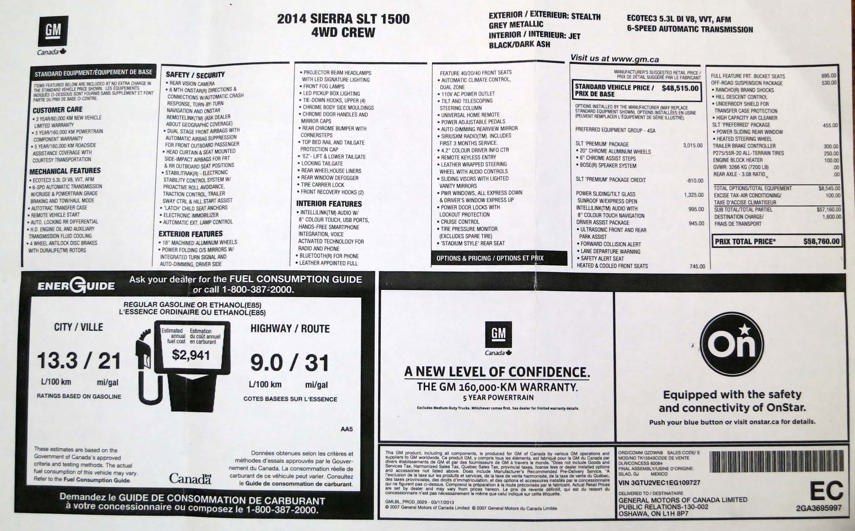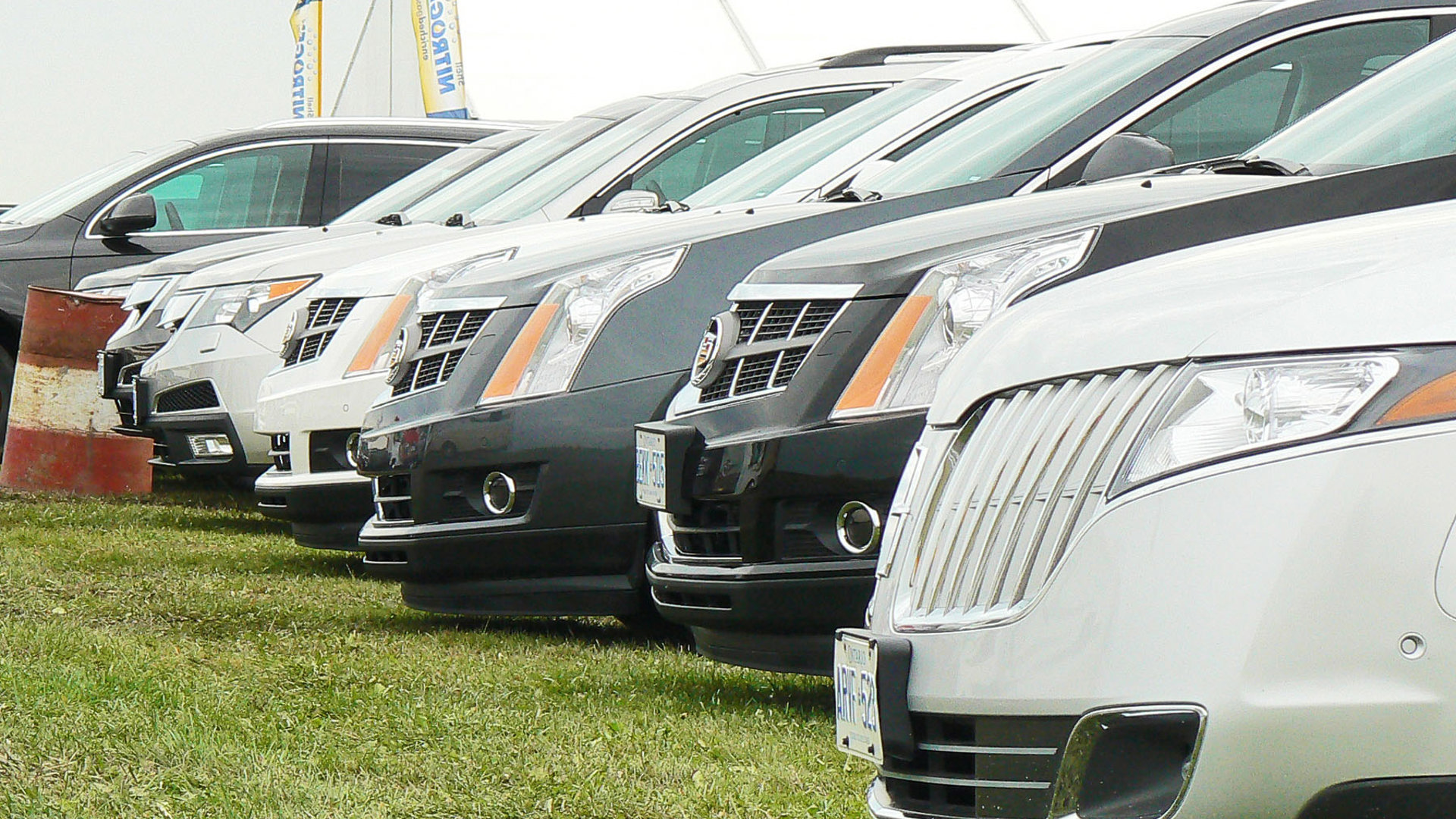New car? Used car? For many Canadians in need of a vehicle, the choice between these two options can use up a lot of mental bandwidth in the purchase decision.
Things get even more complicated when you consider a third option which lies somewhere between the first two: the demo car.
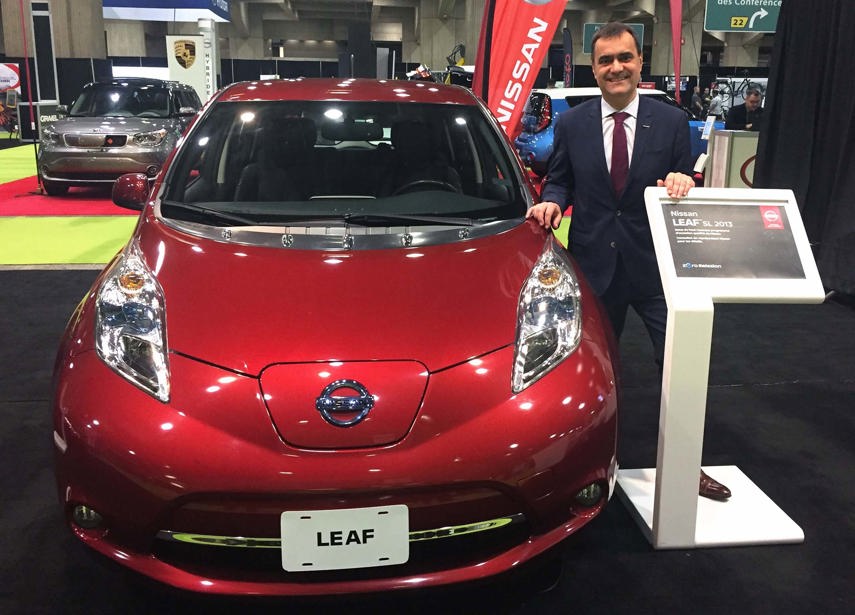
What’s a Demo Car?
Sometimes, dealers sell demo cars – which exist in a sort of grey zone between new and used.
A demo usually comes from the selling dealership’s inventory. It’s a car that’s been driven, but has never been sold to a customer. Usually, a demo will have low mileage – often low enough that said demo hasn’t yet seen its first oil change.
Does this make a demo a new car? No.
Demos are used, in the sense that they’re typically sold with several thousand kilometres on the odometer, and, in the sense that someone else has driven the vehicle before you buy it.
If that wasn’t the case, it wouldn’t be a demo, after all.
Often, the demo has spent some time in the custody of a dealership staff member, perhaps a manager or sales representative. Some demo vehicles are used by dealerships to set potential customers up with a test drive. Some demo vehicles are used by manufacturers before they’re sold, for events or appearances. In other cases, a demo might be driven by a salesperson for some period of time, allowing them to get familiar with the vehicle they’re trying to sell.
These are some examples. There are, otherwise, no universal fast rules on what makes a demo, a demo.

What You Should Know
Some pros and cons are worth considering – as well as a few things you should be aware of.
First up? Warranty coverage. A manufacturer provides a warranty on their vehicle from the time it’s new, until some time limit or mileage cap that occurs later.
Perhaps a new crossover has a five-year, 100,000 km warranty. If you buy it new, the countdown begins when you drive it off the lot. That’s because the warranty begins when the vehicle starts accumulating mileage.
If you buy a demo model of the same vehicle that has eight months and 6,000 kilometres of use under its belt, then the warranty coverage is reduced by those amounts. The gist? The warranty clock starts ticking when the vehicle is first used – and not when you buy it, some time later.
Is that an issue? Probably not.
Most new car shoppers never need a warranty claim, and a slight reduction in warranty coverage is unlikely to cause you any financial detriment. Still, some shoppers will wish to compare remaining warranty coverage against the cost of the demo vehicle, versus an identical unit that’s brand new.
This leads us to the second area worth understanding about the difference between buying new, and buying a demo: the price.
Often, but not always, a demo is priced to incentivize the customer into its purchase. Like all cars on the dealer’s lot, the dealer wants it gone.
With a demo, the dealer is often hoping you’ll be willing to accept a pricing discount in exchange for the fact that the vehicle isn’t brand new, and the fact that you get what you get: there’s no possibility to choose your own paint colour, transmission, or options package.
So, shoppers considering a demo are best to compare their list of needs and wants in a new car (ideally, you’ve created this ahead of time) against the price of the demo, which may not hit all of the items on their list.
Compare pricing carefully – sometimes, a demo is attractively discounted compared to an identical brand-new model. Sometimes, that’s not the case.
If a demo car hits most or all of the traits you’re after, at an attractive discount, buying it may be doing yourself a favour.
If you’re compromising heavily, or if the discount is small, you may be best to cough up a few bucks more on a brand-new unit instead.
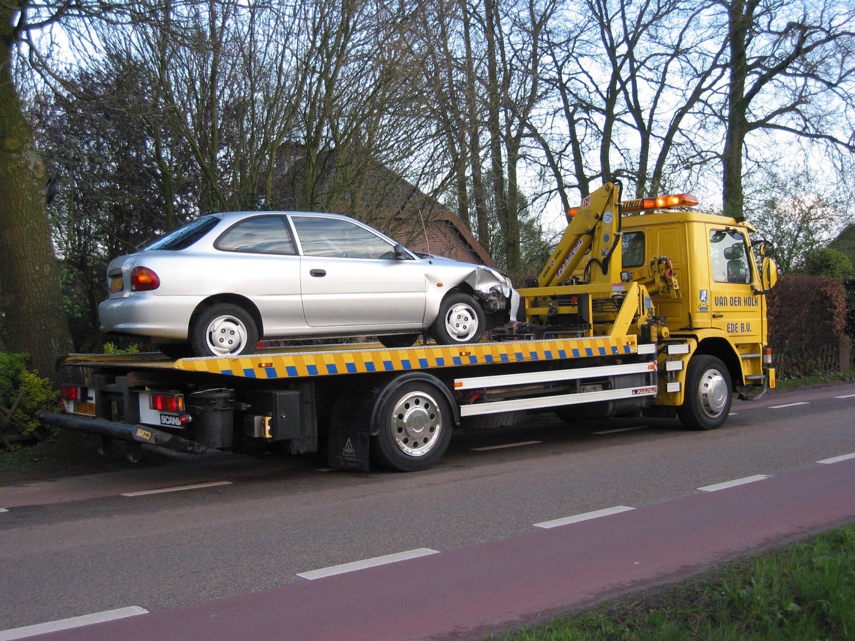
What to Look For
Could the former user of a low-mileage demo have caused any lasting damage, wear, or other cause for concern? Sure – but probably not.
Some people avoid demos, citing the possibility that they’ve been treated like a rental: driven hard by someone who doesn’t have to deal with the consequences.
Though a brutal driver, or certain brutal conditions (off-roading, motorsports use) can cause plenty of wear and damage in quick order, demos are typically driven by dealer staff who are expected to keep the vehicle in great shape, and use it only in approved situations.
Also, hard driving (full-throttle, rapid acceleration, aggressive brake or steering use) is unlikely to put any measurable wear and tear on any part of a modern car beyond the tires and brake pads.
The gist? Lasting damage or wear to a demo vehicle is possible, but arguably very unlikely. If any lasting damage were caused to the vehicle during its first few thousand kilometres of use, it would likely be apparent on your own test drive.
If in doubt, just buy new, instead.
Consider obtaining a used car report on your demo vehicle, and be on the lookout for signs of a past accident or collision, for maximum peace of mind. A demo is a used vehicle that’s already been insured and driven – meaning it may have a record or history available for your perusal, if it’s ever been involved in a mishap.
Demo vehicles that show excessive wear to tires, brakes, paint, seats, or wheels may be concealing some issue, too.
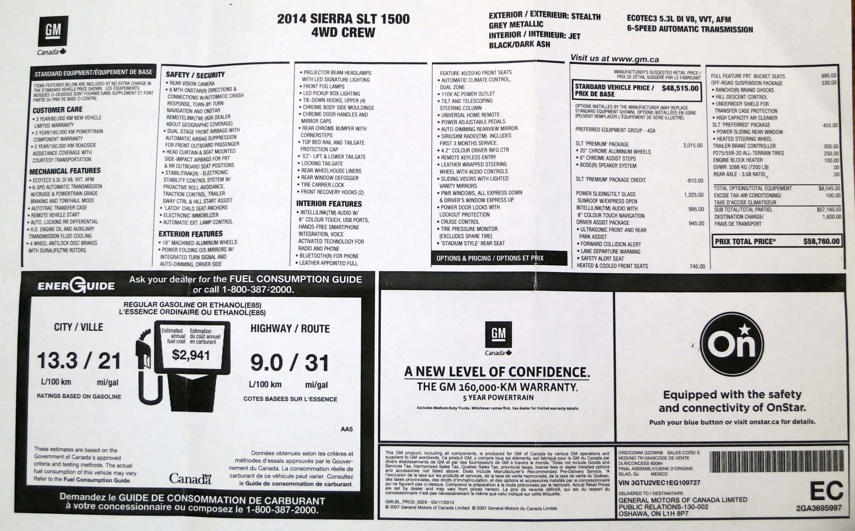
Additional Checks
A few other considerations are worth noting.
First, check with your insurance broker to see if there are any issues with insurance coverage if you buy a demo vehicle. This is generally not the case, but it’s worth knowing before you move towards a purchase. The outcome here may vary, province to province.
Next, note that incentives available on brand-new models may not apply to your demo, since it’s not a brand new model. This also depends on several factors – so be sure to ask your sales representative if you can still obtain the same cash discount or preferred lease rate as may be available on a brand-new unit.
Since the demo car you’re considering has already been delivered to the dealership and used on the road, you’d expect not to be paying freight and PDI charges for the vehicle, as if it were new. There doesn’t appear to be a hard or fast rule on this – though many shoppers in reputable online forums insist on walking away from a dealer who tries to make you cough up extra money for these new-car charges on a used demo car.
Finally, some further peace of mind may be available by finding out who drove the demo vehicle before it went up for sale. Sometimes, a demo is offered by a dealership who obtained that vehicle elsewhere – meaning they may be unsure who drove it, or what it was used for. For maximum peace of mind, confirm that the demo you’re considering is familiar to the dealership you’re shopping at.

